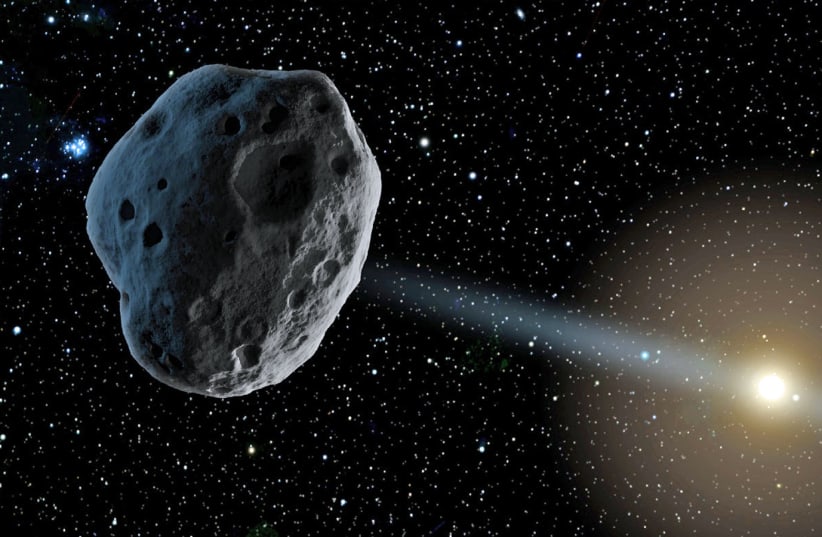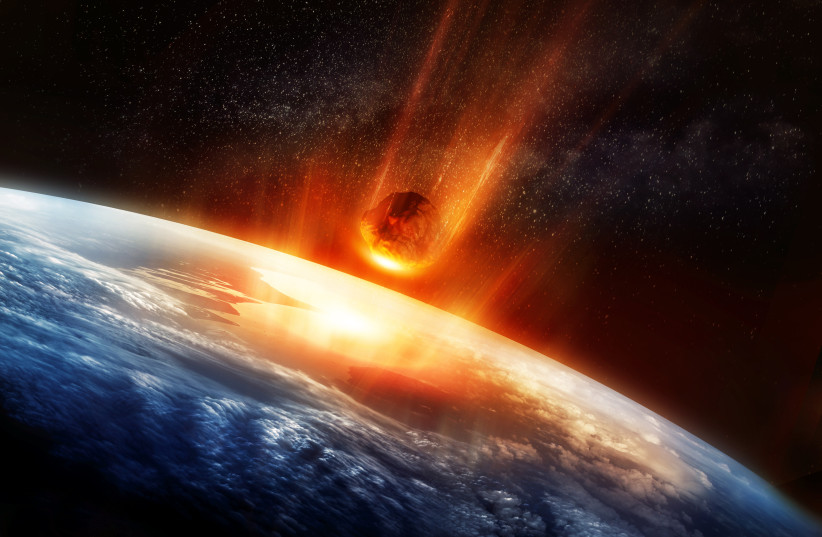A skyscraper-sized asteroid that NASA had deemed "potentially hazardous" passed the Earth last week in a relatively close flyby.
Asteroid larger than the Burj Khalifa
Designated 467460 (2006 JF42), the giant asteroid is estimated to be between 380 to 860 meters in diameter. At a minimum, this would put it close in length to the Empire State Building in New York. At its maximum, it would exceed the height of the tallest building in the world, Dubai's 828-meter Burj Khalifa.
Luckily, the asteroid didn't hit Earth when it passed us by, flying at a distance of approximately 5.7 million kilometers away. For comparison, the Moon's distance from the Earth is around 384,000 kilometers, so this is much farther.
So that begs the question, why did NASA designate 467460 (2006 JF42) potentially hazardous?
Potentially hazardous asteroids: What are they?
The reason for this designation is essentially the result of a series of calculations of different factors. To incredibly simplify a complex astrophysics issue as best as possible, the calculation factors in several variables, chief among which are the size of the asteroid and the distance it approaches Earth.
In terms of size, the asteroid in question would need to be at least 140 meters in width.
According to research from the Davidson Institute of Science, the educational arm of Israel's Weizmann Institute of Science, an asteroid over 140 meters in diameter would release an amount of energy at least a thousand times greater than that released by the first atomic bomb if it impacted Earth.
Something even larger – over 300 meters wide like the asteroid Apophis – could destroy an entire continent. An asteroid over a kilometer in width – like 138971 (2001 CB21), which flew past the Earth in early March – could trigger a worldwide cataclysm.
So at an estimated size ranging between 380-860 meters, 467460 (2006 JF42) is certainly large enough to qualify.
In terms of distance, while 5.7 million kilometers might seem far, on a cosmic scale it's much closer than one would expect, so it could qualify for worry as well.
How many asteroids in the solar system?
Regardless, this asteroid had little to no chance of hitting us, and according to NASA's estimates, Earth is free of the risk of a catastrophic asteroid impact for the next 100 years.
But impacts can still happen. This was the case in mid-march when asteroid 2022 EB5, itself just around three meters wide or about half the size of an average male giraffe, impacted the Earth north of Iceland just two hours after it was discovered.
There is always the chance this could happen again - after all, there are currently well over a million asteroids known to exist in the solar system - but most of them are very small. Further, scientists have been working on ways to possibly defend Earth against asteroids, such as the Double Asteroid Redirection Test (DART) mission that focuses on asteroid deflection.
Compared with this and with advances in asteroid detection, it seems the chance of another catastrophe occurring in the future is low and the planet is safe from dangers in space.

